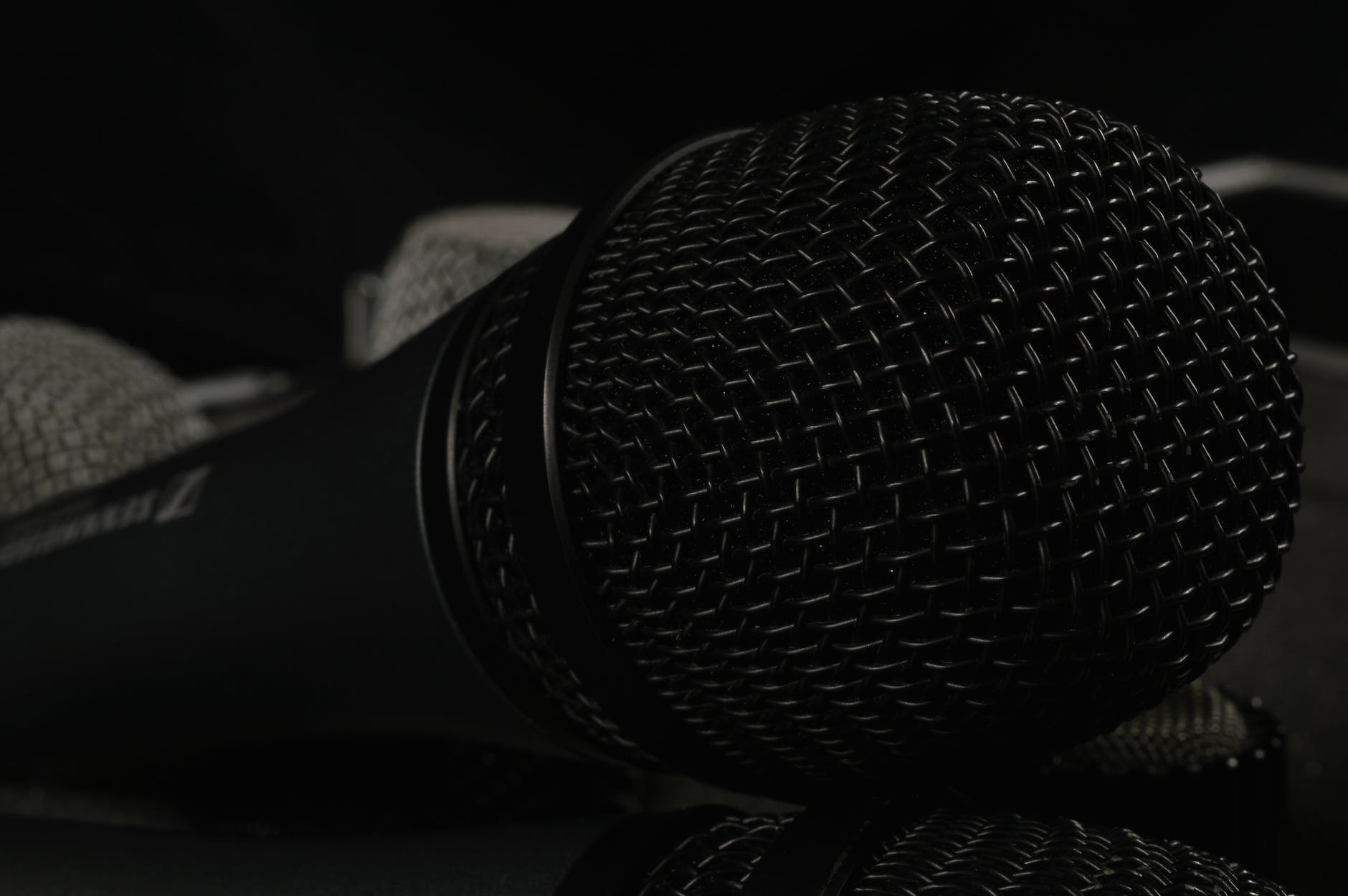
The Unseen Power of Sound: Elevating Your Videos with Quality Audio
In the dynamic world of video production, the significance of quality audio often takes a backseat to stunning visuals. However, it could be argued that sound quality is an even more critical indicator of professionalism than the video itself. A video with crystal-clear visuals but poor audio screams “amateur”, while a video with high-quality sound can elevate the entire viewing experience.
The Importance of Quality Audio
Imagine watching a beautifully shot video featuring breathtaking visuals, but the dialogue is muffled, distorted, or drowned out by background noise. It’s an immediate disconnect that can undermine the impact of even the most visually stunning content. Quality audio is not just about hearing the words; it’s about creating an immersive experience that captivates your audience and enhances the overall production value.
Types of Microphones: Choosing the Right Tool for the Job
On-Camera Microphone
On-camera microphones are compact audio devices attached directly to the camera, providing a convenient solution for capturing audio while recording video. Due to their proximity to the camera, they aim to capture the ambient sound in the immediate vicinity.
Advantages:
- Convenient and attached directly to the camera, reducing the need for additional equipment.
- Simple setup, making them ideal for run-and-gun shooting situations.
Disadvantages:
- Susceptible to handling noise, capturing sounds from camera movements or adjustments.
- Tends to capture a wide range of ambient noises, potentially compromising audio quality.
Lavalier Microphone:
Lavalier microphones, commonly known as lapel mics, are small, discreet microphones that can be clipped onto clothing, typically near the speaker’s mouth. They provide a hands-free option for capturing audio in situations where mobility is essential.
Advantages:
- Provides hands-free operation, ideal for interviews, presentations, or scenarios where mobility is crucial.
- Discreet and minimizes visual distractions.
Disadvantages:
- May capture rustling sounds if not properly secured to clothing.
- Audio quality may not match larger microphones due to their compact size.
Dynamic Microphone:
Dynamic microphones are robust and versatile, known for their durability and ability to handle high sound pressure levels. They are commonly used in live settings and environments where a rugged microphone is required.
Advantages:
- Sturdy and durable construction, capable of handling high sound pressure levels.
- Less sensitive, making them less prone to capturing ambient noise.
Disadvantages:
- Less sensitive than condenser microphones, capturing a narrower range of frequencies.
- May lack the nuanced detail in audio compared to more sensitive microphones.
- Hand held.
Condenser Microphone:
Condenser microphones are known for their sensitivity and ability to capture a wide range of frequencies with exceptional detail. They are commonly used in studio environments and settings where high-quality audio reproduction is paramount.
Advantages:
- Highly sensitive with a broad frequency response, capturing detailed and nuanced sound.
- Ideal for capturing the subtleties of vocals and musical instruments.
Disadvantages:
- More fragile and susceptible to damage than dynamic microphones.
- Can pick up background noise more easily due to their sensitivity.
Shotgun Microphone:
Shotgun microphones are highly directional and designed to focus on capturing sound from a specific direction while minimizing background noise. They often resemble the shape of a shotgun barrel, allowing for precise targeting of the audio source.
Advantages:
- Directional, focusing on the sound in front of the camera while minimizing background noise.
- Excellent for capturing dialogue or sounds from a specific direction.
Disadvantages:
- Requires proper aiming, and the effectiveness diminishes if not precisely directed.
- May still capture some ambient noise, especially in noisy environments.
Best Practices for Recording Audio and Video Separately
To achieve the best audio quality, I recommend you record audio and video separately and then combine them during the editing process. This allows for greater control over each element and enables you to address any issues with clarity, background noise, or inconsistencies.
- Use External Recorders: Invest in a dedicated audio recorder to capture high-quality sound without relying solely on the camera’s built-in microphone.
- Choose the Right Microphone for the Job: Select a microphone that suits the specific requirements of your shoot, taking into consideration factors such as environment, movement, and desired audio quality.
- Monitor Audio During Recording: Regularly check the audio levels and listen for any unwanted noise during the shoot. Make adjustments as needed to ensure optimal sound quality.
Embrace Quality Sound to Elevate Your Videos
In conclusion, while video quality is undoubtedly important, it’s essential not to underestimate the impact of high-quality audio. The right microphone choice and recording techniques can make a significant difference in the professionalism and overall impact of your videos. By embracing the power of quality sound, you’ll not only enhance the viewer’s experience but also take your video productions to the next level, making a lasting impression that goes beyond what meets the eye.
